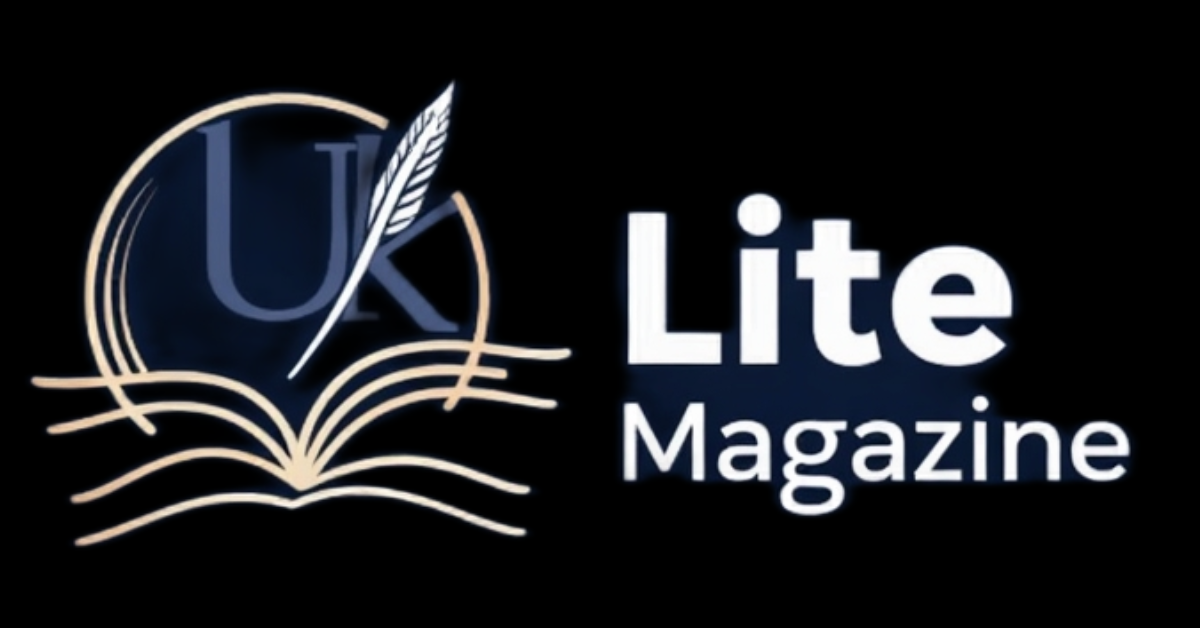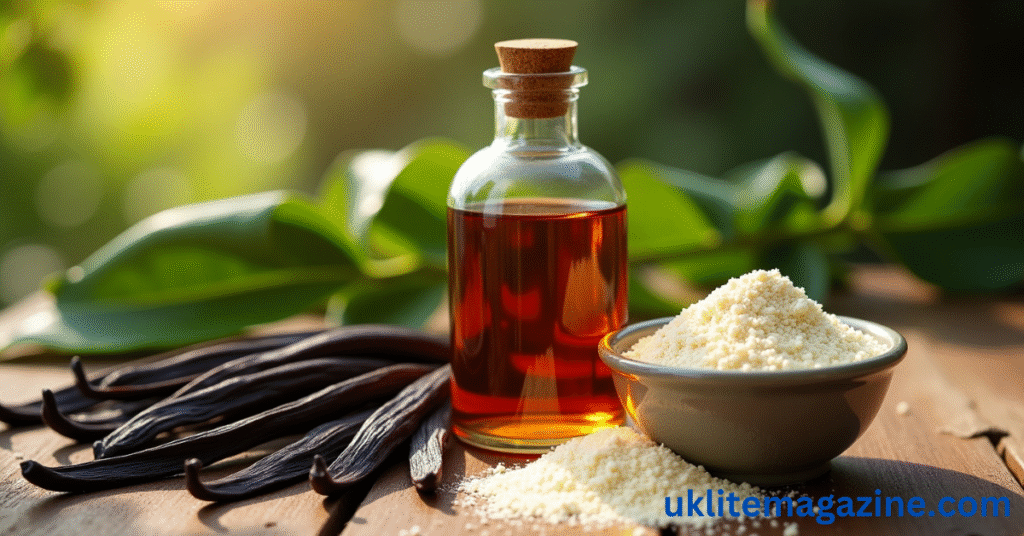Vanilla is one of the world’s most popular and widely used flavors. It’s found in everything from ice cream and cookies to perfumes and candles. But have you ever stopped to ask: Where does vanilla flavoring come from? The answer isn’t as simple as you might think.
There are two main types of vanilla flavoring: natural and artificial. Each comes from very different sources, and the methods of production may surprise you — especially the origins of some artificial flavors.
This article explains the differences between natural and artificial vanilla, how they’re made, and clears up common myths and questions.
Understanding Natural Vanilla Flavoring
Natural vanilla flavoring comes from the vanilla bean, which is the fruit of the vanilla orchid, a tropical climbing plant native to Mexico. Today, most of the world’s vanilla is grown in Madagascar, Indonesia, and Uganda.
How Natural Vanilla Is Made
-
Vanilla beans are harvested by hand.
-
The beans go through a long curing process, which includes drying and fermenting.
-
After months of processing, the beans are soaked in a solution (often alcohol and water) to extract their flavor.
The resulting pure vanilla extract contains hundreds of flavor compounds, but the most prominent is vanillin, which gives vanilla its distinct taste and aroma.
What Is Artificial Vanilla Flavoring?
Artificial vanilla flavoring is not made from vanilla beans. Instead, it’s created in a lab, most often using a synthesized version of vanillin.
How Artificial Vanilla Is Made
-
Most artificial vanilla is made from guaiacol, a compound derived from petroleum or wood pulp.
-
It mimics the taste of real vanillin but lacks the complex mix of flavors found in natural vanilla.
-
It’s commonly found in processed foods, baked goods, and cheap vanilla-flavored products.
Artificial vanilla is cheaper and more widely available than natural vanilla, which is why it’s used in many commercial products.
The Beaver Gland Myth – Is It True?
You may have heard a strange rumor that vanilla flavoring comes from beaver glands. This is partially true — but only in rare cases.
What Is Castoreum?
Castoreum is a substance secreted by beavers from glands located near their tails. It has a musky, vanilla-like scent and has been used in the past as a flavoring or perfume additive.
However:
-
Castoreum is extremely rare and expensive to collect.
-
It is almost never used in today’s food industry.
-
When used, it must be clearly labeled as “castoreum” or “natural flavoring.”
So while technically some natural flavorings may contain castoreum, your vanilla ice cream almost certainly does not come from a beaver.
Natural vs. Artificial Vanilla Flavoring
| Feature | Natural Vanilla Flavoring | Artificial Vanilla Flavoring |
|---|---|---|
| Source | Vanilla orchid beans | Synthesized vanillin from petroleum or wood |
| Flavor Complexity | Rich, complex, and layered | Simple, one-dimensional |
| Production Time | Several months | Fast, lab-produced |
| Cost | Expensive | Inexpensive |
| Common Use | High-end desserts, baking | Mass-produced foods, candies |
| Halal Certification | Usually halal if labeled and alcohol-free | Usually halal depending on ingredients |
| Castoreum Used? | Rarely, and only in specific cases | No |
Conclusion
Vanilla flavoring can come from two very different sources: the natural vanilla bean or lab-created compounds. Natural vanilla is prized for its deep, rich flavor and is made through an intricate curing and extraction process. Artificial vanilla, on the other hand, is a simpler and cheaper alternative, made to replicate the flavor of vanillin in a synthetic form.
Although myths like beaver glands (castoreum) being used in flavorings circulate online, these substances are rarely — if ever — found in today’s food products. Whether you choose natural or artificial vanilla depends on your preferences for taste, cost, and origin.
Frequently Asked Questions (FAQs)
What is artificial vanilla flavoring made from?
Artificial vanilla is primarily made from synthetic vanillin, which is often derived from guaiacol, a compound found in petroleum or wood pulp. It mimics the taste of real vanilla but lacks its complexity.
What beaver gland is used for flavoring?
The castor gland of a beaver produces castoreum, a musky substance that was once used as a flavoring. Today, it’s almost never used due to ethical concerns, difficulty in collection, and high cost.
Is vanilla extract made with beaver?
No, commercial vanilla extract is not made with beaver products. Most vanilla extract comes from vanilla beans, and any use of castoreum would be clearly labeled.
Is natural vanilla flavor halal?
Yes, natural vanilla flavor can be halal, especially if it’s labeled so and if the alcohol used in extraction has evaporated or been replaced with a halal-certified solvent.
What is artificial vanilla extract made from?
Artificial vanilla extract is made from synthetic vanillin, typically derived from petrochemicals or lignin (a natural substance in wood). It does not contain any real vanilla bean extract.

